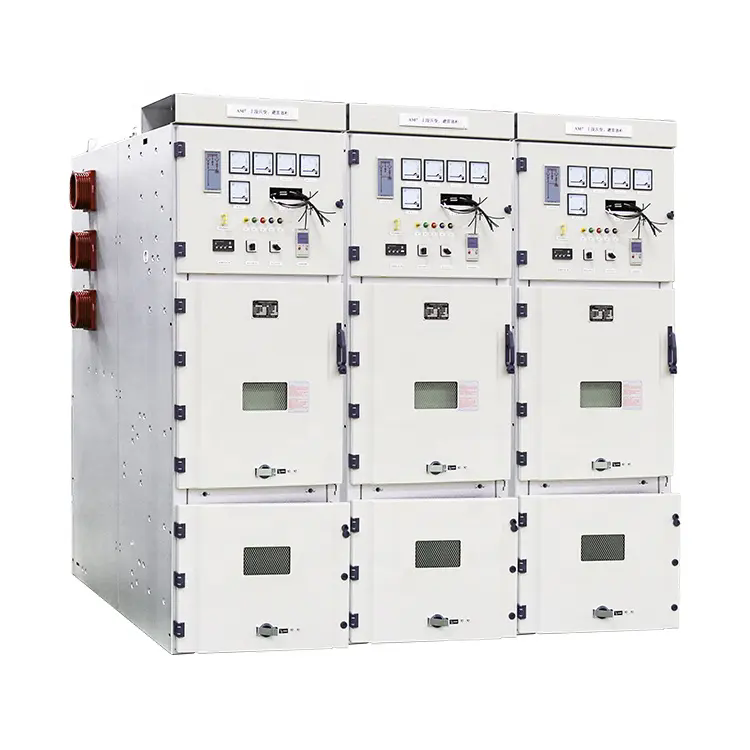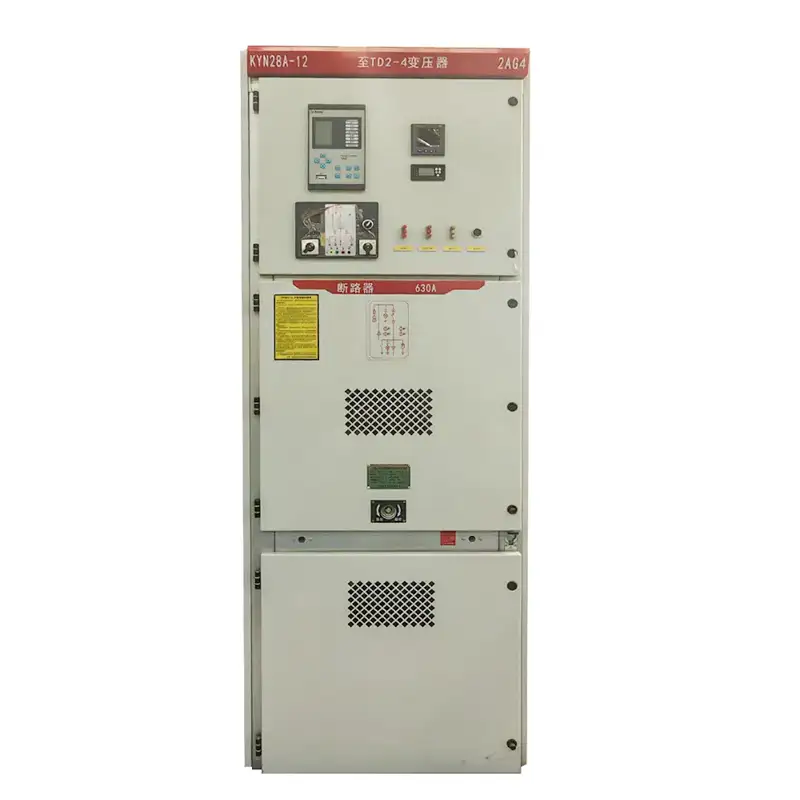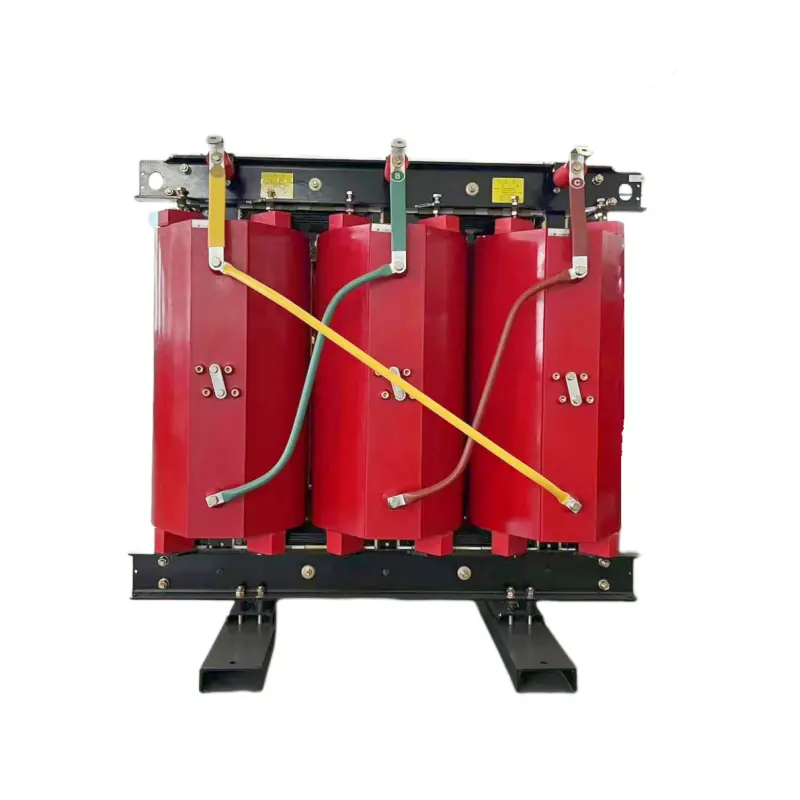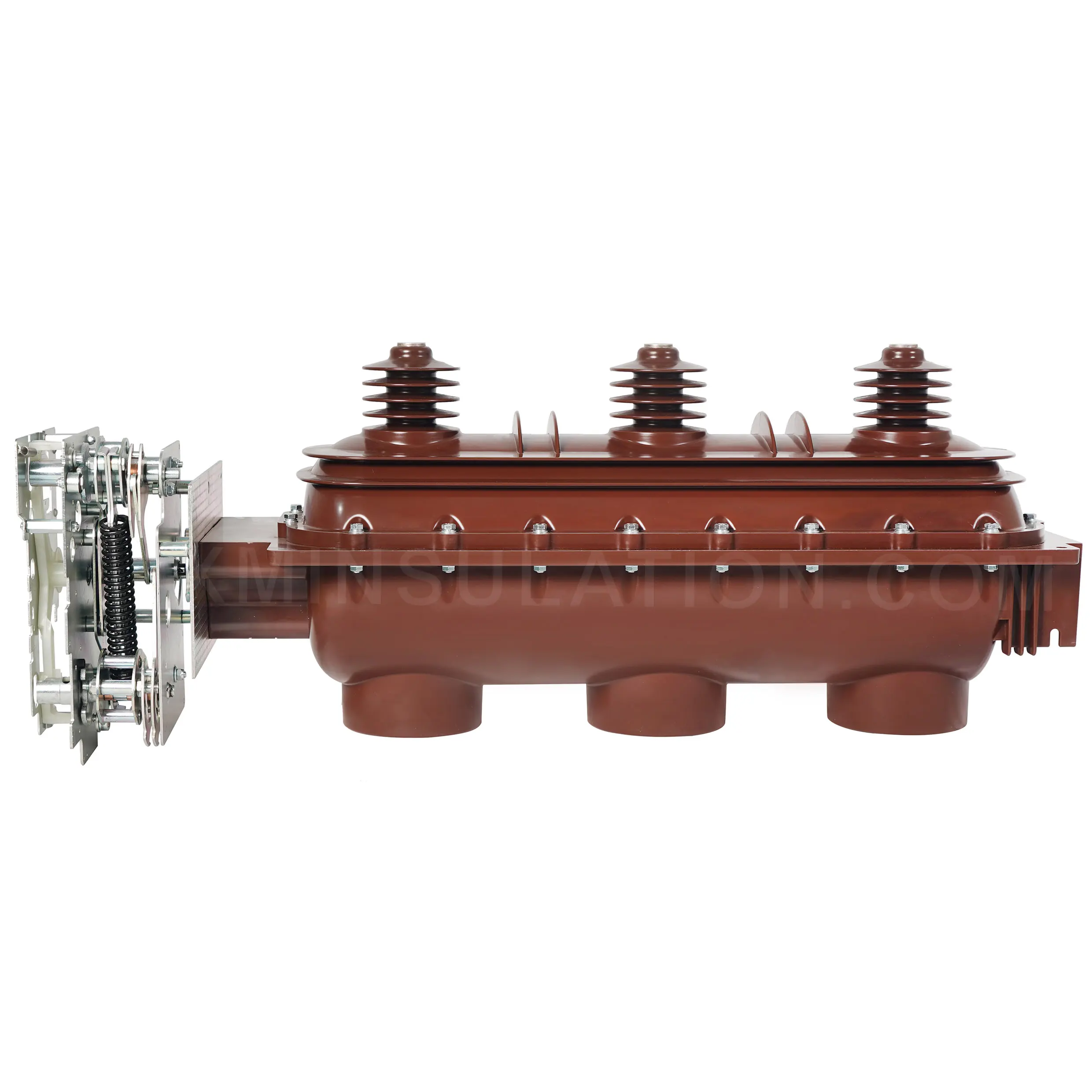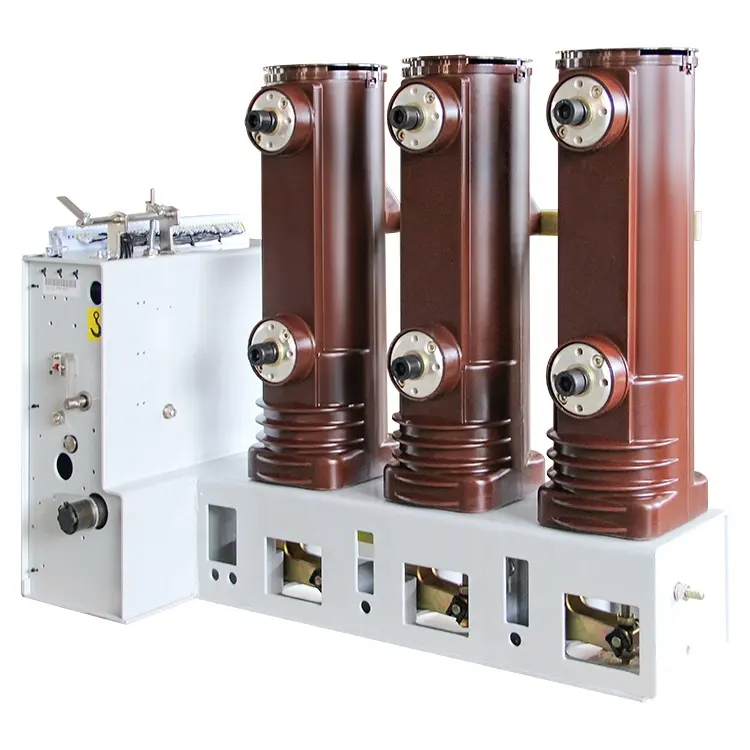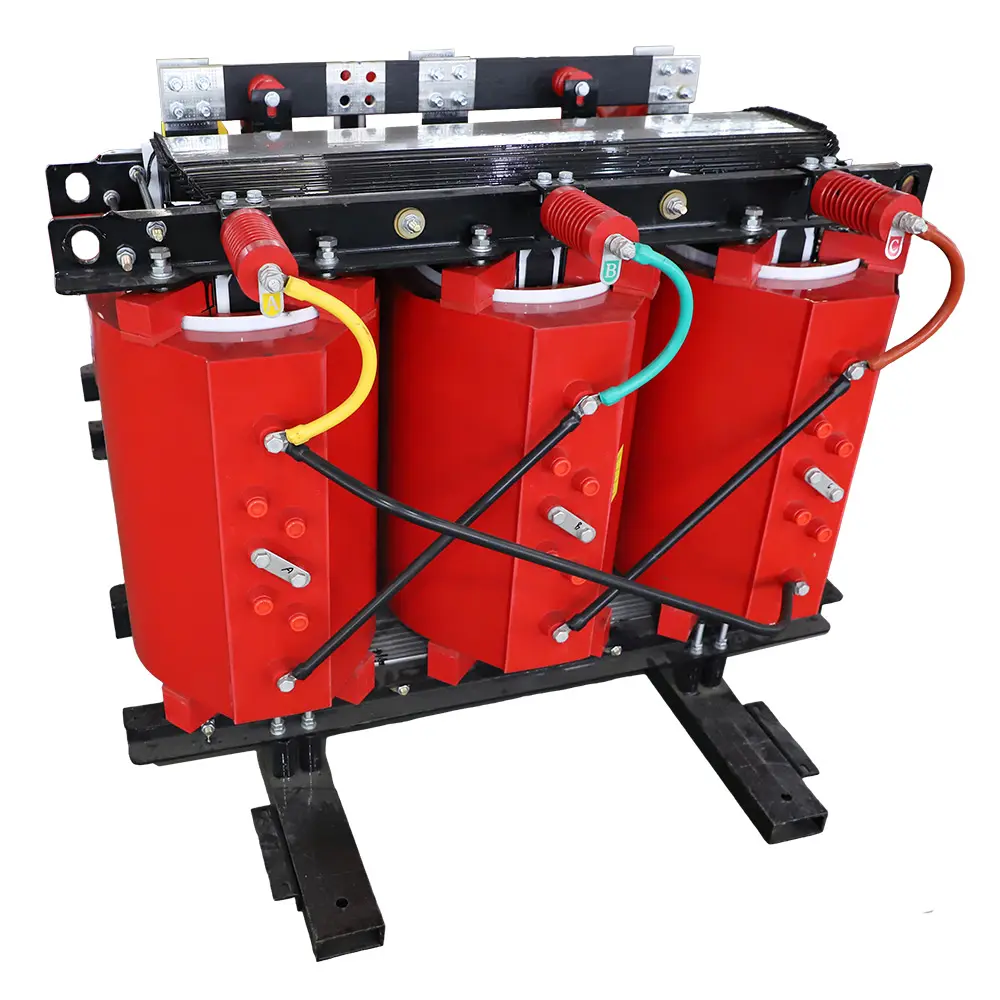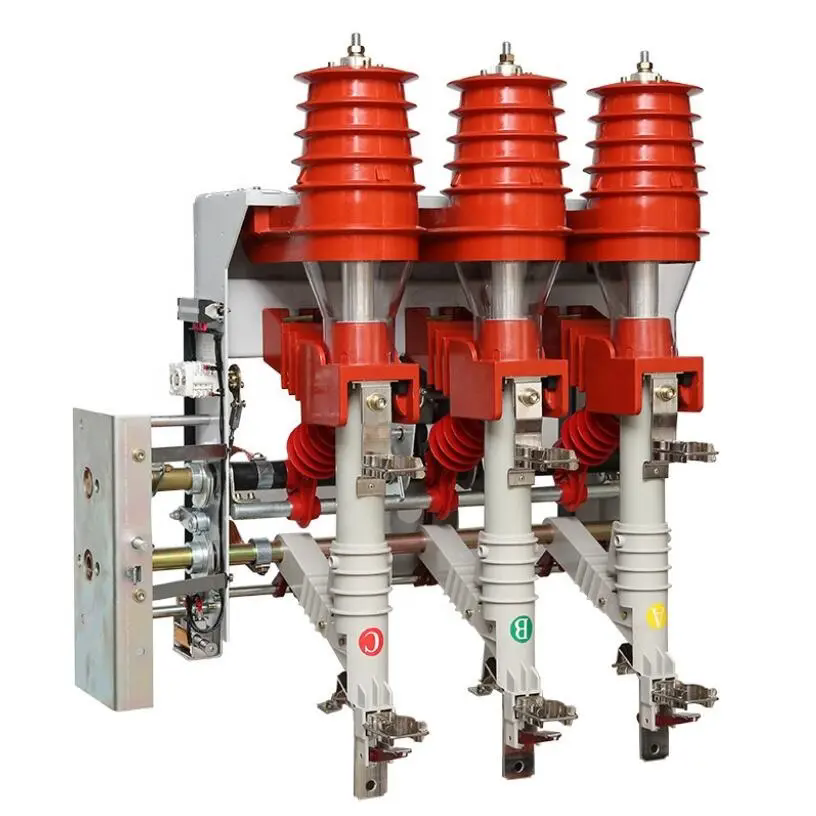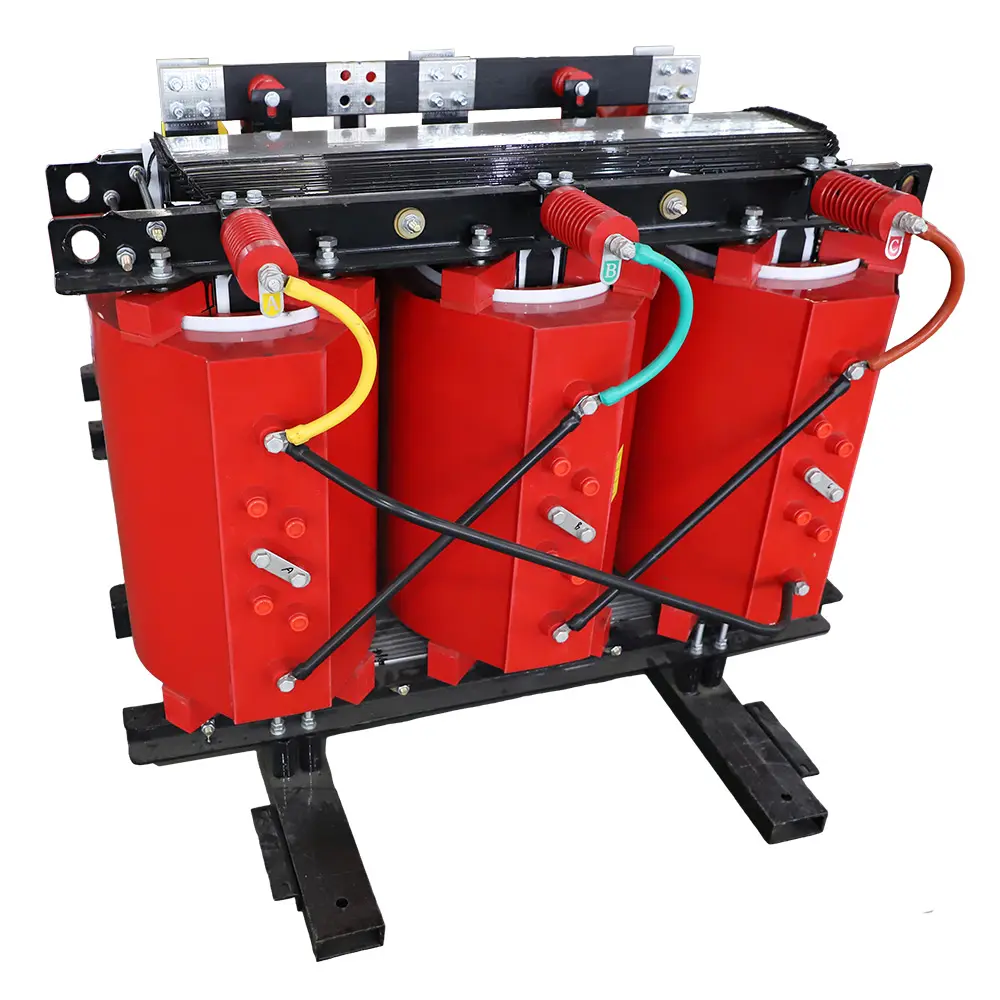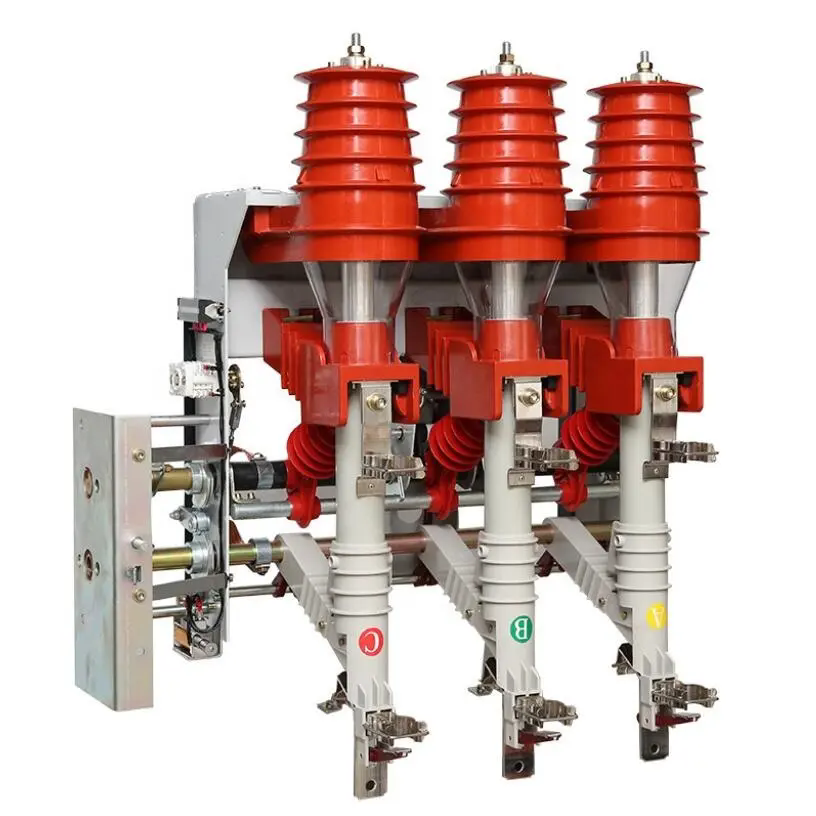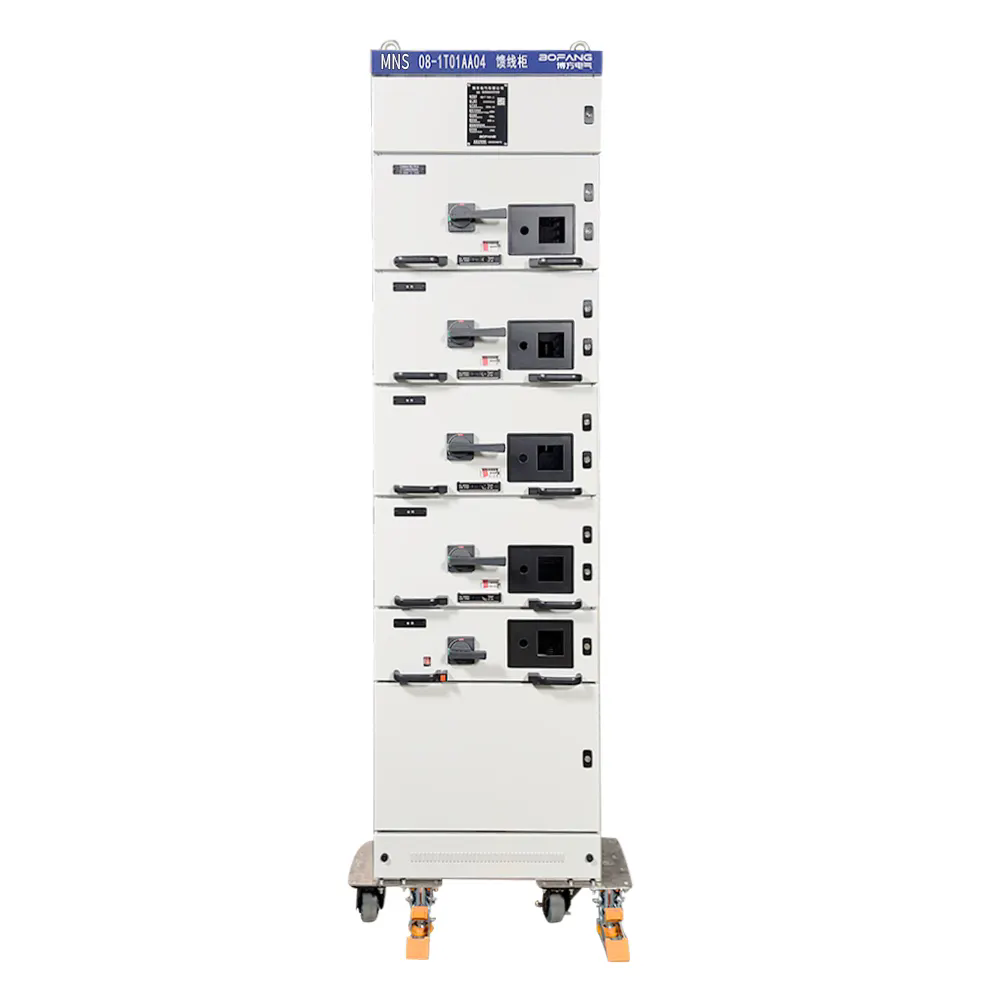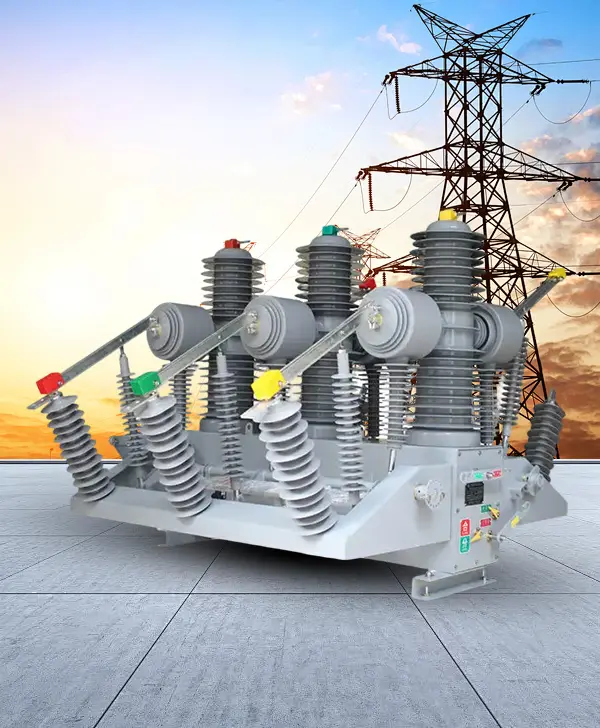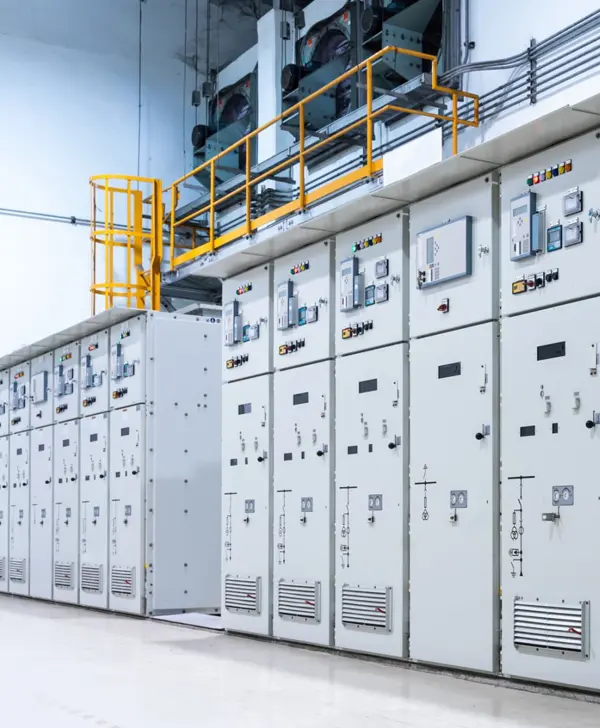How Do Electrical Substations Work?
Electricity powers every aspect of our daily lives, from homes and offices to massive industrial complexes. Behind this seamless energy flow lies a sophisticated network of facilities, among which electrical substations play a crucial role. As global energy consumption rises and smart grids reshape the power landscape, understanding how substations work has become more important than ever for engineers, facility managers, and energy decision-makers.
What Is an Electrical Substation and Why Is It Important?
An electrical substation is a critical node in the power transmission and distribution network, serving as the intermediary between power generation plants and end users. Its main function is to step up or step down voltage levels for efficient transmission and safe delivery of electricity.
In simple terms, substations transform, switch, and distribute power, ensuring that electricity is delivered reliably, safely, and efficiently. Without them, modern power grids would fail to maintain stable voltage levels, leading to system failures and blackouts.
Key Functions of an Electrical Substation
-
Voltage Transformation – Adjusts voltage from high to low or vice versa.
-
Power Distribution – Routes electricity to different areas or loads.
-
System Protection – Detects and isolates faults to protect equipment.
-
Monitoring and Control – Provides real-time operational data.
-
Energy Efficiency – Minimizes power losses during transmission.
Why They Matter Today
With the rise of renewable energy, electric vehicles, and decentralized generation, substations are no longer passive transformers of electricity. Modern substations integrate smart monitoring systems, automation technologies, and IoT-based controls to handle variable power inputs and dynamic grid demands.
How Does an Electrical Substation Work?
Electrical substations operate by controlling the flow of electricity through a combination of transformers, switchgear, circuit breakers, and protective relays. Here’s a simplified step-by-step process of how they function within the grid:
Receiving High-Voltage Power
Electricity generated at power plants typically travels long distances at high voltage (e.g., 110 kV to 765 kV) to minimize energy loss. This power first arrives at a transmission substation.
Voltage Step-Down or Step-Up
Transformers inside the substation adjust voltage levels based on the next stage of delivery:
-
Step-up transformers: Increase voltage for long-distance transmission.
-
Step-down transformers: Lower voltage for regional distribution or direct consumer usage.
Power Routing
Switchgear and busbars direct electricity to different feeders or outgoing circuits, ensuring balanced power distribution.
Fault Protection
Substations include circuit breakers and relays that immediately cut off faulty lines or overloads, preventing system damage.
Monitoring & Automation
Advanced substations integrate SCADA systems (Supervisory Control and Data Acquisition), enabling remote monitoring, predictive maintenance, and real-time energy management.
Types of Electrical Substations
Depending on their function, voltage level, and installation environment, substations are categorized into several types. Choosing the right substation type depends on load requirements, space constraints, and operational complexity.
| Type of Substation | Function | Voltage Range | Typical Applications |
|---|---|---|---|
| Step-Up Substation | Increases voltage for transmission | 220 kV – 765 kV | Power plants to grid |
| Step-Down Substation | Reduces voltage for distribution | 6 kV – 110 kV | Industrial zones, urban grids |
| Distribution Substation | Delivers electricity to end-users | 0.4 kV – 35 kV | Residential & commercial |
| Underground Substation | Compact design for urban centers | 10 kV – 110 kV | High-density cities |
| Gas-Insulated Substation (GIS) | Uses SF6 gas for insulation | 66 kV – 500 kV | Space-limited areas |
| Mobile Substation | Temporary solution for emergencies | 10 kV – 220 kV | Disaster recovery |
Key Technical Specifications
When selecting or designing an electrical substation, technical specifications are critical to ensure safety, reliability, and compliance with industry standards. Below is a quick overview of SYHF’s standard product specifications:
| Specification | SYHF Standard Range |
|---|---|
| Rated Voltage | 6 kV – 500 kV |
| Rated Frequency | 50 / 60 Hz |
| Rated Capacity | 1 MVA – 500 MVA |
| Insulation Type | Air / Gas (SF6) |
| Short-Circuit Strength | Up to 63 kA |
| Cooling Method | ONAN / ONAF |
| Protection Level | IP54 – IP65 |
| Automation Support | SCADA & IoT Integration |
Advantages of Modern Electrical Substations
Modern substations incorporate digital technology and energy-efficient components to meet today’s evolving power demands. Here are the top benefits:
-
High Reliability: Advanced protection systems minimize outages.
-
Energy Efficiency: Reduced transmission losses through optimized voltage levels.
-
Compact Designs: GIS and underground substations save space.
-
Scalability: Modular solutions support grid expansion.
-
Smart Monitoring: Remote control and predictive analytics improve uptime.
-
Sustainability: Integration with renewable energy sources like solar and wind.
Electrical Substation FAQ
Q1: What is the difference between a transmission substation and a distribution substation?
A1: A transmission substation handles high-voltage electricity from power plants and routes it across long distances, typically above 110 kV. In contrast, a distribution substation reduces voltage to safer levels (0.4 kV to 35 kV) and supplies electricity directly to homes, offices, and factories.
Q2: How does a gas-insulated substation (GIS) differ from an air-insulated substation (AIS)?
A2: A GIS uses SF6 gas for insulation, making it compact, space-efficient, and ideal for urban environments where land is limited. On the other hand, an AIS relies on open-air insulation, making it more affordable but requiring larger footprints.
Why Choose SYHF for Electrical Substation Solutions
When it comes to designing and delivering cutting-edge electrical substations, SYHF stands out for its innovation, quality, and customized engineering. Our solutions are trusted by global power utilities, industrial facilities, and renewable energy developers.
With decades of expertise, SYHF provides:
-
Tailor-made substation designs for every voltage level.
-
SCADA-ready and IoT-enabled smart substations.
-
High-performance components built to international standards.
-
End-to-end engineering, procurement, and commissioning services.
If you’re looking for reliable electrical substation solutions, SYHF has the expertise and technology to power your success.
Contact us today to discuss your project needs and discover how SYHF can deliver a safer, smarter, and more efficient power infrastructure.
- How Did I Cut Risk And Cost With An Oil Immersed Transformer Upgrade?
- Which Transformer Derivatives Solve Harmonics At EV Fast Charging Sites?
- How Does a Circuit Breaker Protect Your Power System?
- Are You Using the Right Circuit Breaker for Your Application?
- Why Is the Compact Substation Revolutionizing Modern Power Distribution?
- What Makes Dry Type Transformers the Choice for Modern Power Systems?

